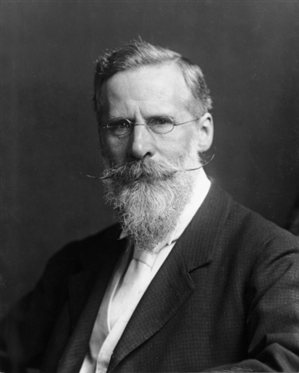Like a flip book, a sequence of monochrome photographic prints was attached to strong but flexible cards and fixed in a circular reel. The user would revolve the reel using a manual handle, where the images would flip against a static pin and produce the moving image. The user would view the moving images via an eye piece.
Customers could purchase or rent commercial films, commission a motion portrait at a professional photographic studio, and self-produced films using paper negatives from amateur cameras.
Popularity in the United Kingdom:
Busy with their work on the Cinematograph, the Lumière brothers sold the Kinora patent to the British Mutoscope & Biograph Co. who introduced it to the UK market in 1902. It proved to be a success with the middle class who were able to view motion pictures at home.
However, by 1914 popularity declined in part due to the rise of cinema. When the London factory burnt down it was decided not to rebuild.
The Kinora at the IET:

Once owned by Sir William Crookes, notable for his discovery of thallium in 1861 and for his research in cathode rays. His meticulous research paved the way for later discoveries that changed the whole conception of chemistry and physics. He published papers and technical works on wide ranging subjects such as spectroscopy, chemistry, metallurgy, agriculture and diamonds. He was also concerned with applying his scientific knowledge to everyday life and worked in an advisory capacity for the government. He was elected a member of the IEE in 1881 and became president in 1891.
The Sir William Crookes collection is preserved in the IET Archives. The collection includes images of him seen working in his laboratory and demonstrating apparatus with friends and family, the Crookes’ family photograph album, and the Kinora which includes a commissioned reel of Crookes reading a letter; this is the only known moving image of Sir William Crookes.
Below, you can view this commissioned reel, viewed on his personal Kinora machine.
The IET Archive catalogue is available to view online. To visit or if you have any enquiries, please contact the IET Archive Team.
Featured image and YouTube video courtesy of Christian Trampenau.
Collection Reference: UK0108 SC MSS 184